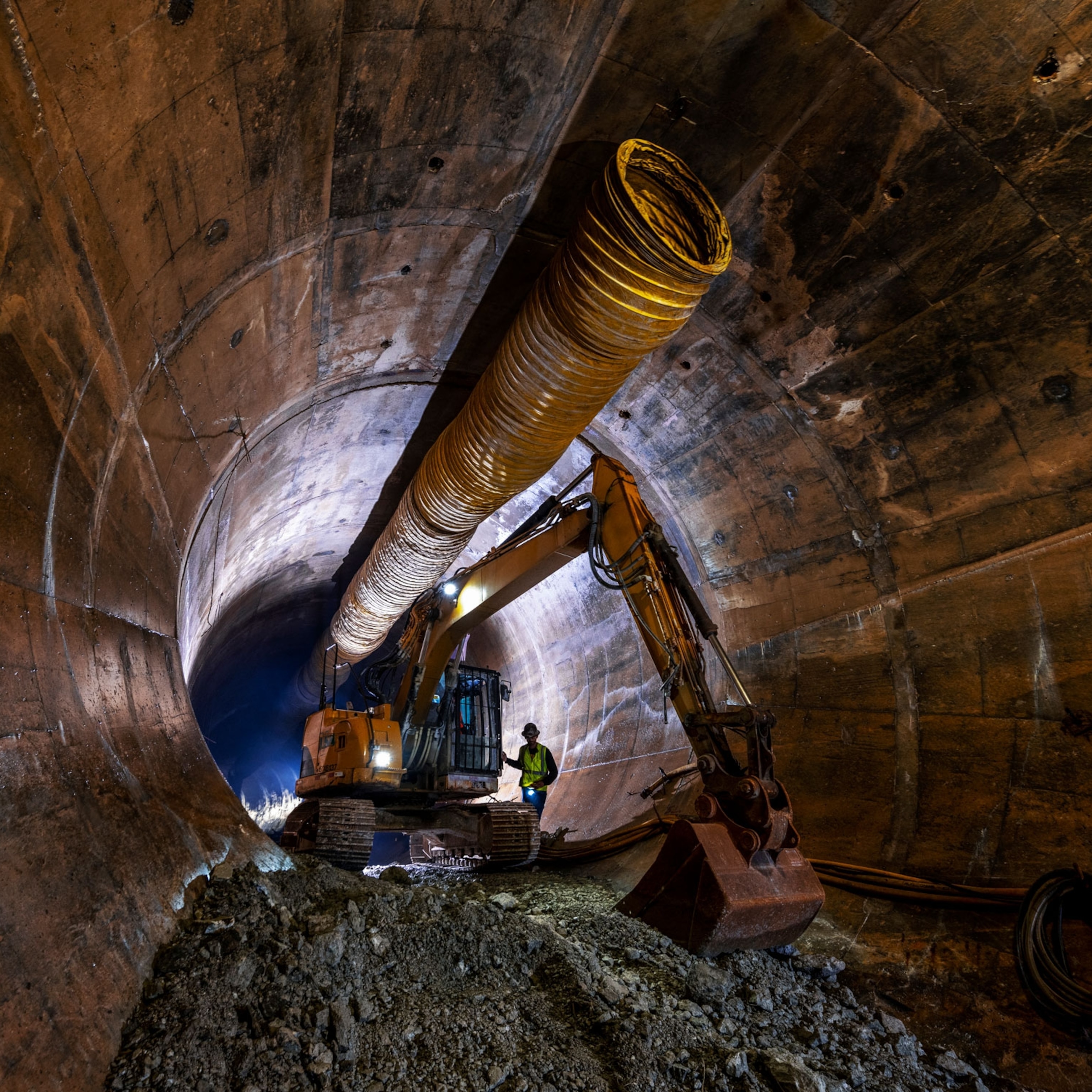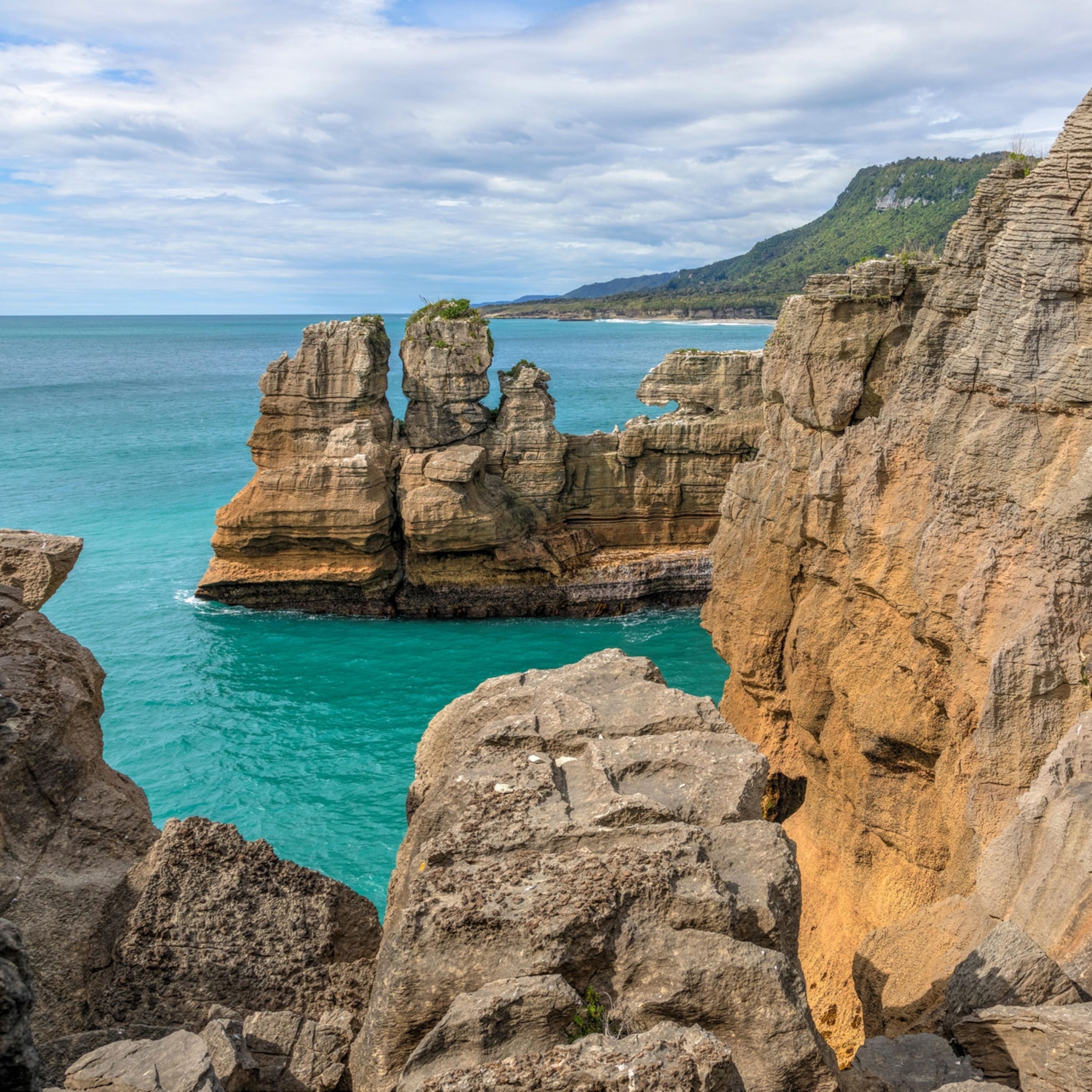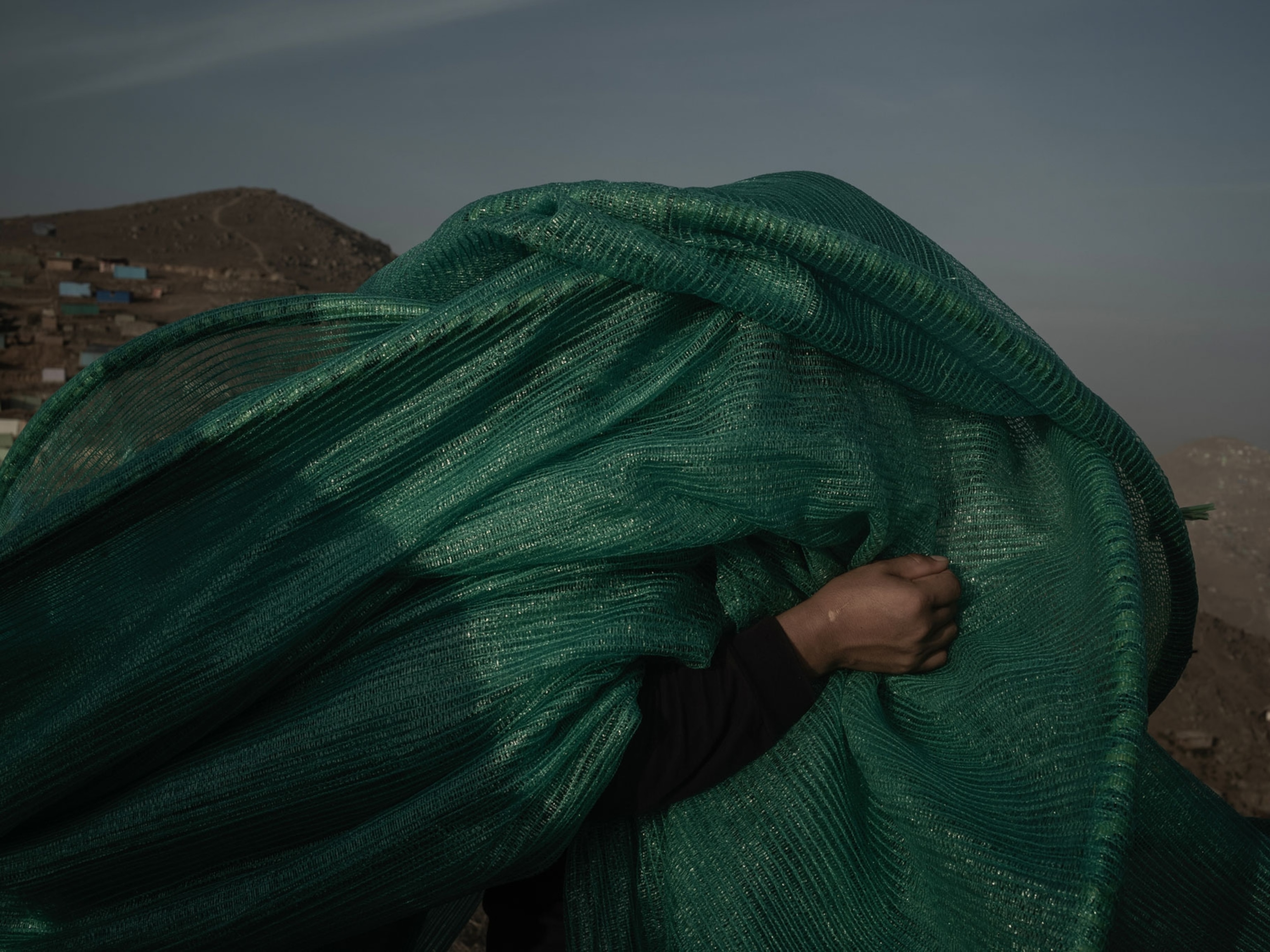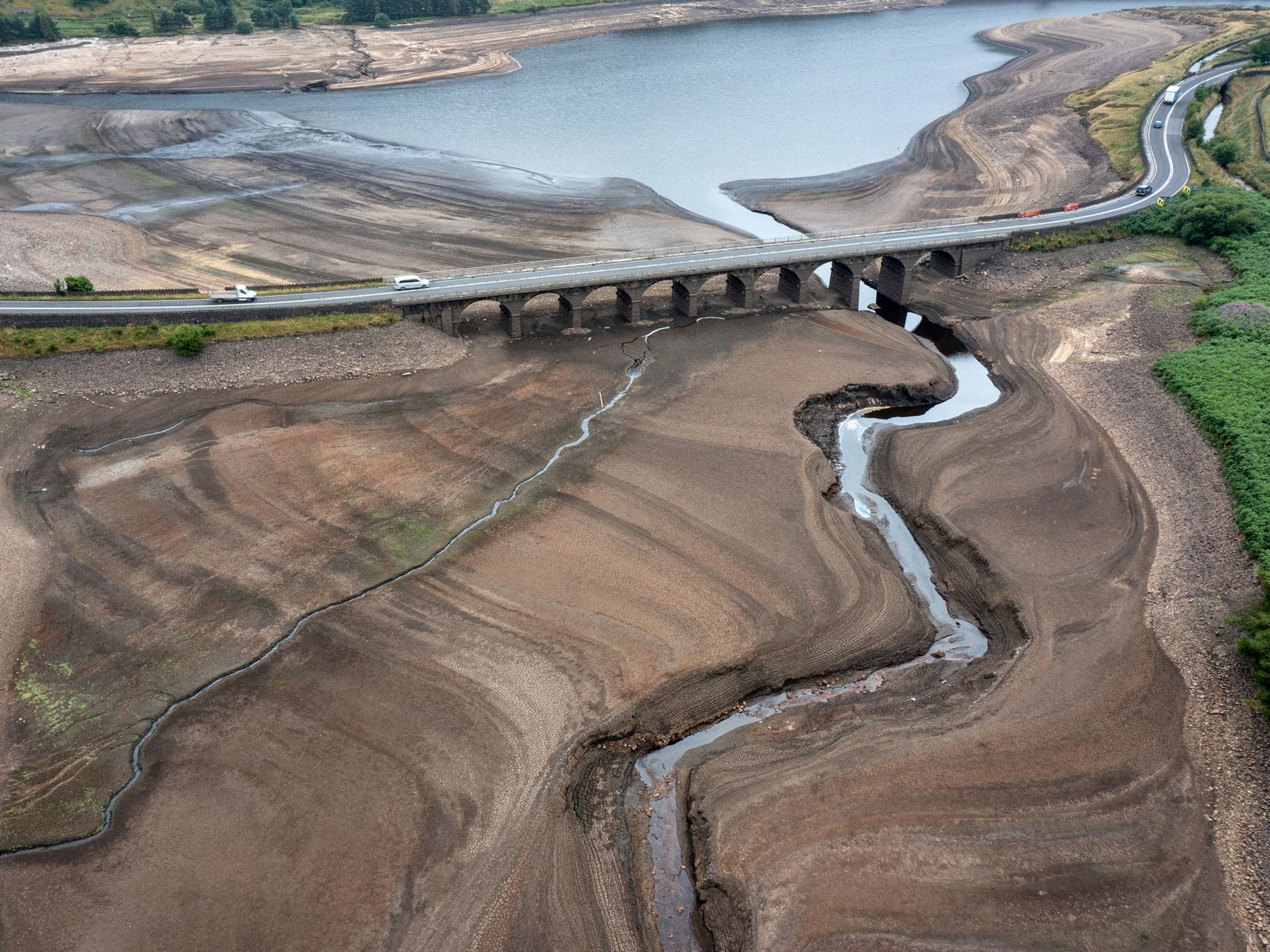
Photos from 1967 Reveal A Lost Culture in Iraq
Try to imagine how life would change if your water supply suddenly vanished.
That’s what happened to the Ma’dan people of southern Iraq—the Marsh Arabs—when the water started to disappear from the Mesopotamian marshes, or “the land between the rivers,” where they had lived for more than 2,000 years.

The rivers are the Tigris and Euphrates, and these marshes of the Ma’dan are often said to have been the storied Garden of Eden. The marshes dried up after new upstream dams diverted river flow away from them, and Iraqi President Saddam Hussein drained them as retribution for uprisings against his regime.
The undisturbed life of the Marsh Arabs—who for centuries lived in isolation from outside pressure—was lost. But a unique set of photographs has surfaced that reveals the watery world of the Ma’dan before the effects of development and political upheaval intruded.

Norwegian photographer Tor Eigeland visited these marshes in 1967, and most of his pictures remained unseen until the publication of his 2014 book When All the Lands Were Sea: A Photographic Journey Into the Lives of the Marsh Arabs of Iraq.
Eigeland’s pictures offer a glimpse into this culture before it was destroyed when the water nearly vanished. As droughts and water scarcity increase globally due to climate change and increased demand for limited supplies, it’s useful to remember that without water there is no life.
(Read about a decade-long attempt to reflood the marshes that is faltering for lack of water.)

Tor and I have known each other since we collaborated on the 1982 National Geographic book The Desert Realm. His long career as a photographer and writer included contributions to several National Geographic books and to Traveler magazine. In an email exchange, Tor recalled his trip to the marshes of southern Iraq while that culture still thrived—and what its loss means for us.

DENNIS DIMICK: Tell us about the project in the Iraqi marshes that produced your new book. How did this come about? And what came of the work in the late 1960s, when you first shot it?
TOR EIGELAND: While living in Beirut in 1967 I was asked to go to Iraq to illustrate a chapter of a Time-Life book titled Cradle of Civilization—and a few of the images were published there. The bureaucratic difficulties in getting permission to enter the marshes deserve a whole chapter, but I’ll spare you.
Once there I was so totally fascinated by this watery, ancient world that I stayed on much longer than required. At the time I had no way of knowing how valuable documentation of life in the marshes would prove to be, even the little bit I could contribute.

DENNIS: Can you describe what this area of Iraq between the Tigris and Euphrates Rivers was like when you were there?
TOR: As soon as my little boat entered the marshes from terra firma, I felt, quite abruptly, as if I had actually left the real world. There was nothing familiar there. I had entered a mystical domain of canals, small lakes, and forests of tall reeds. The first village I saw at dusk was like no other place I had ever seen.
Built along a sort of channel, dozens of smart canoes with elegantly curved prows were drawn up along the banks. Their houses, called mudhifs, were built from reeds in arched shapes, with decorative patterns that date right back to ancient Babylonia. Darting about were half a dozen small canoes running unknown evening errands. Every aspect of their lives was lived on or near the water.
I had entered an isolated, functioning world little changed for thousands of years. A world that turned out to be one of generous hospitality toward strangers, somewhat like that of the desert Bedouin.
More than anything, I recall a feeling of timelessness, especially at dawn and dusk, when the feeling could be almost trancelike, especially with a camera in hand.

DENNIS: It has been nearly 50 years since you took these pictures. Why publish this book now? Is there a lesson for us?
TOR: We can thank Saddam Hussein, a seriously cruel specimen of mankind, for this book. As a revenge against the Shi’a south of Iraq who rose up against him, he, in his rage, drained the vast marshes, drove the Marsh Arabs out by force, and caused irreparable damage to these enormous, rich wetlands.
Additionally, huge dams in Turkey have further reduced the water flow of these rivers to a point where the marshes can never again be the same despite current brave efforts to reflood them.
Realizing then that I had some unique records of a destroyed, vanished civilization, I knew I had to do this book. A trip like the one described in the book can never be repeated. It is also a tale of how people can live simply in harmony with nature.

DENNIS: After Saddam Hussein was deposed, some people returned in hopes of restoring the drained marshes and reinhabiting their former homes. What has happened?
TOR: Assam Alwash, an engineer who won a Goldman Environmental Prize for his work in the marshes, has worked for years to restore them and has done more to reflood the marshes than anyone else. He wrote me last month about the effects of ongoing drought and the loss of river flows from upstream dams.
He said the situation is dire. The marshes are half what they were six months ago. Some people are comparing today to 1995, when animals began dying due to lack of water. He said the government cannot be bothered with the situation.
Also, vast Turkish dams were built upstream without directly evil intentions but also without real concern for what would happen downriver. This fact alone, in the long run, would have reduced the marshes to a fraction of their former glory.

DENNIS: What reactions have you received so far from the publication of this book?
TOR: Readers have expressed gratitude for my having recorded elements of a practically dead civilization before it was too late, and surprise about the mere existence—and disappearance—of the Marsh Arabs.
This is a classical example [of] how human greed and politics can in no time at all destroy an ancient human civilization and a vast, ecologically sound, and alive paradise. It clarifies this idea that without water there is no life. It’s something to think about very seriously—this could happen anywhere.
Dennis Dimick serves as National Geographic’s executive editor for the environment, and is a long-time picture editor. You can follow him on Twitter, Instagram, and flickr.
Related Topics
You May Also Like
Go Further
Animals
- Octopuses have a lot of secrets. Can you guess 8 of them?
- Animals
- Feature
Octopuses have a lot of secrets. Can you guess 8 of them? - This biologist and her rescue dog help protect bears in the AndesThis biologist and her rescue dog help protect bears in the Andes
- An octopus invited this writer into her tank—and her secret worldAn octopus invited this writer into her tank—and her secret world
- Peace-loving bonobos are more aggressive than we thoughtPeace-loving bonobos are more aggressive than we thought
Environment
- This ancient society tried to stop El Niño—with child sacrificeThis ancient society tried to stop El Niño—with child sacrifice
- U.S. plans to clean its drinking water. What does that mean?U.S. plans to clean its drinking water. What does that mean?
- Food systems: supporting the triangle of food security, Video Story
- Paid Content
Food systems: supporting the triangle of food security - Will we ever solve the mystery of the Mima mounds?Will we ever solve the mystery of the Mima mounds?
- Are synthetic diamonds really better for the planet?Are synthetic diamonds really better for the planet?
- This year's cherry blossom peak bloom was a warning signThis year's cherry blossom peak bloom was a warning sign
History & Culture
- Strange clues in a Maya temple reveal a fiery political dramaStrange clues in a Maya temple reveal a fiery political drama
- How technology is revealing secrets in these ancient scrollsHow technology is revealing secrets in these ancient scrolls
- Pilgrimages aren’t just spiritual anymore. They’re a workout.Pilgrimages aren’t just spiritual anymore. They’re a workout.
- This ancient society tried to stop El Niño—with child sacrificeThis ancient society tried to stop El Niño—with child sacrifice
- This ancient cure was just revived in a lab. Does it work?This ancient cure was just revived in a lab. Does it work?
- See how ancient Indigenous artists left their markSee how ancient Indigenous artists left their mark
Science
- This 80-foot-long sea monster was the killer whale of its timeThis 80-foot-long sea monster was the killer whale of its time
- Every 80 years, this star appears in the sky—and it’s almost timeEvery 80 years, this star appears in the sky—and it’s almost time
- How do you create your own ‘Blue Zone’? Here are 6 tipsHow do you create your own ‘Blue Zone’? Here are 6 tips
- Why outdoor adventure is important for women as they ageWhy outdoor adventure is important for women as they age
Travel
- Slow-roasted meats and fluffy dumplings in the Czech capitalSlow-roasted meats and fluffy dumplings in the Czech capital
- Want to travel like a local? Sleep in a Mongolian yurt or an Amish farmhouseWant to travel like a local? Sleep in a Mongolian yurt or an Amish farmhouse
- Sharing culinary traditions in the orchard-filled highlands of JordanSharing culinary traditions in the orchard-filled highlands of Jordan







